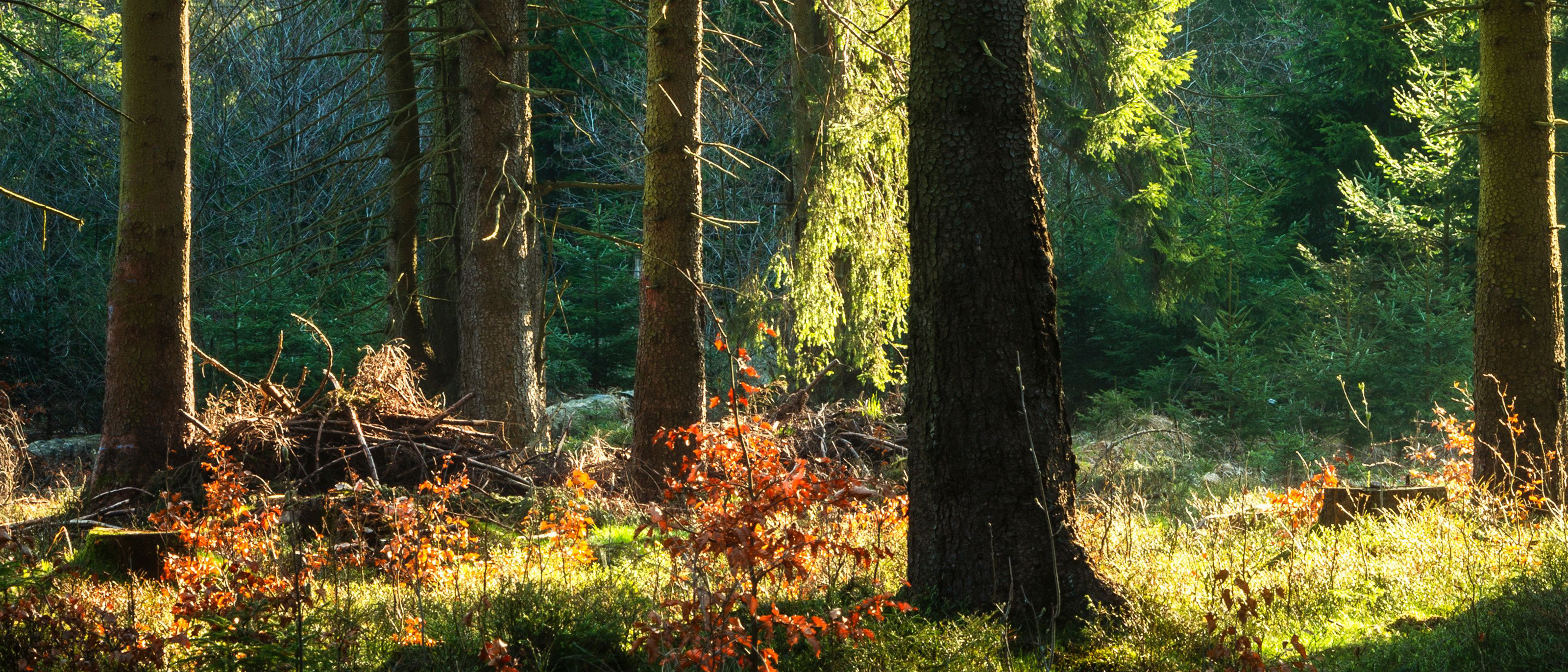As a cornerstone of the bio-based economy, our industry contributes to sustainable development that meets the requirements of modern packaging, conserves natural resources and protects the environment. By choosing paper sacks as packaging solutions for their dry bulk goods, producers and fillers are choosing the environmentally friendly option.
Natural, renewable and recyclable
The fibres used to produce sack kraft paper are 100% natural, renewable and biodegradable:
- Paper sacks contain up to 100% natural fibres.
- Due to research into bio-barriers, the proportion of renewable materials in paper sacks will increase. This supports our approach towards a circular economy as well as the goals of the COP21 agreement (United Nations Climate Change Conference, December 2015, Paris), which focuses on minimising the use of all kinds of fossil fuels.
- Sack kraft paper is an excellent source of fibre for the recycling industry. Its long, strong fibres can be recycled several times. They are commonly used as secondary raw materials in the paper industry.
Sustainably sourced
Sustainable management of forest areas is a central element of the value chain for paper sacks:
- The fibres are extracted from tree thinning and from process waste from the timber industry and originate from sustainably managed forests in Europe.
- Managing forests sustainably means maintaining their biodiversity, productivity, regeneration capacity and vitality while leaving all interconnected ecosystems intact.
- Sustainably managed forests fulfil relevant ecological, economic and social functions: they provide habitats for wildlife and recreational areas for people, as well as jobs and economic prosperity.



